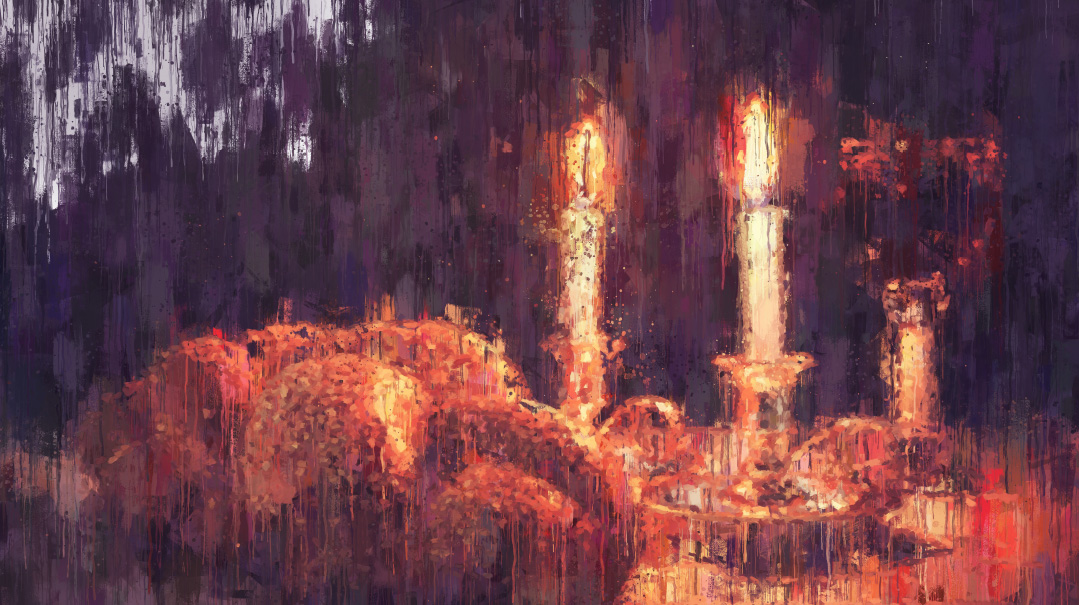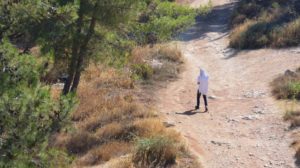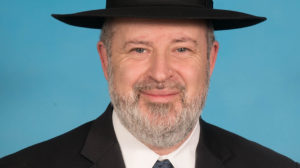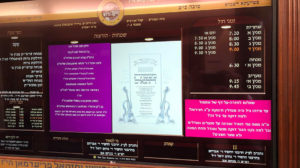The Color of Truth

An assimilated Jew, she discovered light and life in chassidus

As told to Rivka Streicher
Igrew up with a Jewish mother and non-Jewish father in New York City, a mere eight miles from where my husband, Akiva, was growing up in Williamsburg.
Back then, I’d never heard of Williamsburg or chassidim. Worlds separated us. We were the free, the cultured; every shining opportunity beckoning like the lights on the Hudson. They were primitive, extreme. Statistically, I should never have met one of them, married one of them, become one of them…
My family was traditional. We’d eat a Shabbat dinner and then watch TV. We’d have a grand Pesach Seder and then all drive home. My mom’s family was half-European, half- Spanish, and we had that Spanish intensity. My parents were hyper-focused on performance. They valued academia, we had to reach the top, go out there, and make careers for ourselves.
When I was 11, my mom was diagnosed with a brain tumor, and we moved to New Jersey. For high school I went to a far left Modern Orthodox school. There was a spectrum of observances and many of the teachers were from nearby Lakewood. I enjoyed school and made friends with girls who were more frum. I also became close with one of the teachers and sometimes went to her home for Shabbosim.
I’d developed a relationship with Hashem from a young age; my mom had been in a coma after her first brain surgery, and life was unravelling around me. The more it came apart, the more I got in touch with Him. When my mother finally came out of her coma, she went through extensive rehab. I lived with my grandparents, and at night, after Shema, I’d daven that I could live with my mom again.
Later, Mom needed another surgery, after which she suffered a stroke. As a teen, I’d routinely help her get dressed, do the laundry. As my role changed from daughter to caregiver, I felt Hashem there, with me in that pain, calling me to question my role in life, to find a Higher Source. By the time I went to college to get my degree in occupational therapy, I was keeping a lot more mitzvos, but was still wearing pants and eating out at (vegetarian) non-kosher places.
Rocketing and Rocky
I was looking for Him, inching my way closer, when I met a Jewish guy, Jacob, on my college program. We were both growing religiously and had a lot of discussions about Judaism and life. We got into a relationship and thought we might be right for each other.
Jacob was in an intense place, taking on more and more. He would often point out when I was doing something wrong, and it was hard to separate the hurt I felt from his constant criticism of my halachic observance with the halachah itself. Not one to take on things without understanding them, I read and researched vociferously about the topics he was bringing up. I had to understand in order to have a feel for the mitzvos and halachos. Although he wasn’t helping me in a supportive way, my observance rocketed during that period.
Jacob doubted I was truly Jewish because my relatives speak and look Spanish. I’d mentioned to him in passing that my Grandma had once told me we were descended from Marranos. Before she’d married, she underwent giyur l’chumrah, but even so, Jacob made me doubt my Jewishness.
Oops! We could not locate your form.













